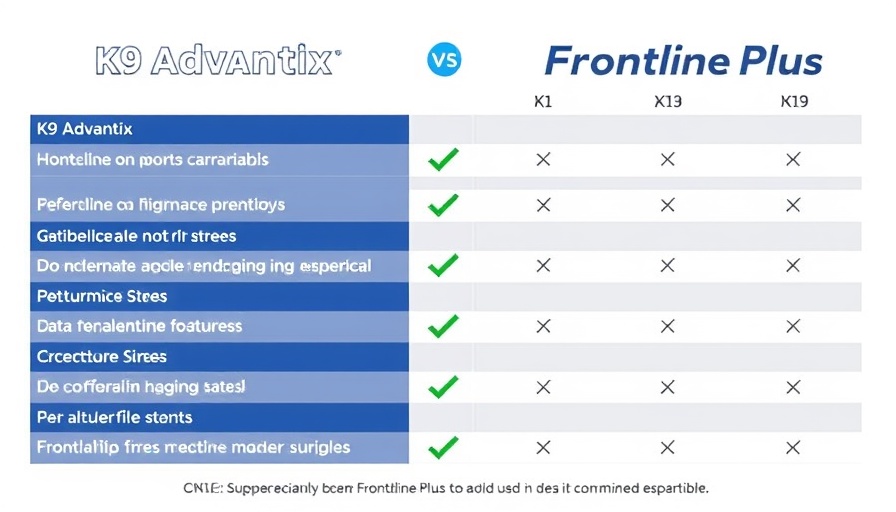
Understanding Your Dog's Gum Color: A Key to Health
When we think about our furry friends' health, we often focus on diet, exercise, and regular vet visits. However, one often-overlooked aspect that can provide vital insights into our canine companions' well-being is their gum color. Just like in humans, the color of a dog's gums can indicate various health conditions, highlighting the importance of regular oral health checks.
Why Gum Health Matters in Dogs
A dog's gum health is not merely about aesthetics; it serves as a crucial indicator of their overall health. Healthy gums should be a light pink, similar to uncooked salmon, and they should feel moist to the touch. When you press on them, they should return to their normal color within two seconds, which is referred to as the Capillary Refill Time (CRT). A delay in color return might signal underlying health issues requiring veterinary attention.
Decoding Dog Gum Colors and Their Implications
Understanding what different gum colors indicate is essential for pet owners, veterinarians, and vet techs alike. Here’s a breakdown of what these colors can reveal:
- Pale or White Gums: These may indicate serious issues such as anemia, poor blood circulation, or even shock. Such conditions call for prompt veterinary attention.
- Red or Inflamed Gums: While a brief redness can occur due to excitement or activity, persistent red gums may indicate gingivitis or other serious conditions like hypertension or heatstroke.
- Blue or Purple Gums: Known as cyanosis, this indicates insufficient oxygen reaching your dog's tissues, potentially signifying severe heart or respiratory issues. Immediate veterinary care is crucial.
- Yellow Gums: This could signify liver dysfunction, jaundice, or immune-mediated anemia. These colors often necessitate thorough medical evaluation.
- Dark Spots: While some dogs may naturally have dark patches due to their breed, newly appearing spots could indicate health problems that should be assessed by a veterinarian.
Practical Tips for Maintaining Your Dog's Gum Health
Regular dental care can make a significant difference in your dog’s overall health. Here are some tips to help maintain healthy gums:
- Regular Veterinary Checkups: Annual dental cleanings and oral health assessments are essential.
- Daily Teeth Brushing: Using dog-specific toothpaste and toothbrushes can help prevent tartar buildup and gum disease.
- Healthy Diet: Providing a balanced diet that supports dental health is crucial. Consult with pet nutritionists for tailored recommendations.
- Chew Toys: Offering chew toys can help reduce plaque and tartar buildup while keeping your dog entertained.
Connecting with Pet Professionals
As veterinarians, vet techs, trainers, and groomers, understanding the importance of gum health is integral to providing holistic care. Awareness among pet caregivers, including groomers and pet grief counselors, can help foster a proactive approach toward a dog's health. Educating pet parents about the implications of gum color could lead to early detection and intervention, potentially saving lives.
Taking Action for Your Dog's Health
Being attentive to your dog’s gum color is a simple yet effective way to monitor their health. If you notice any abnormal gum color, don’t hesitate to consult with a veterinary professional. Prioritize your pet’s oral hygiene; it equips you with the knowledge to act swiftly, ensuring a healthier and happier life for your beloved companion.
By becoming more informed about your dog’s gum health, you can connect deeper with your pet and make knowledgeable choices about their care. Take action today: schedule a dental check and facilitate a healthier lifestyle for your furry friend!
 Add Row
Add Row  Add
Add 




Write A Comment